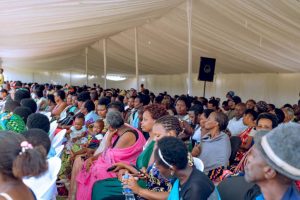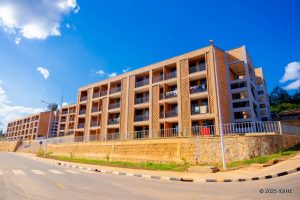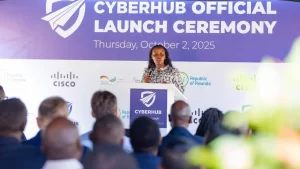From exile to liberation, RANU became RPF-Inkotanyi which ended Genocide and rebuilt Rwanda
3 min read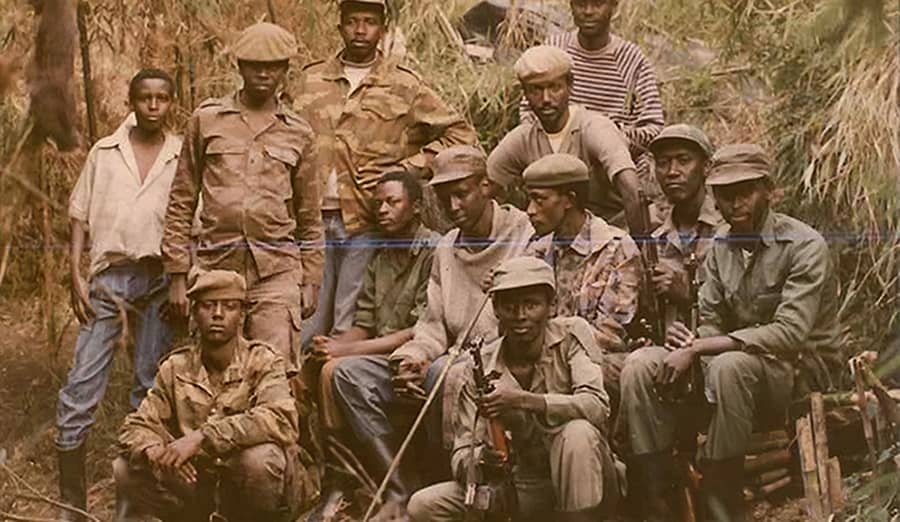
By Peace Hillary
On July 4th, Rwanda marks Liberation Day, a national holiday commemorating the end of the 1994 Genocide against the Tutsis and the dawn of a new era of peace and governance. But the road to liberation began years earlier, when a group of exiled Rwandans formed the Rwanda Alliance for National Unity (RANU), later in 1987, transforming into the Rwandese Patriotic Front (RPF-Inkotanyi). What started as a political movement evolved into a military campaign that would stop genocide, dismantle a repressive regime, and lay the foundation for Rwanda’s rebirth.
The Birth of RPF-Inkotanyi, from exile to a revolutionary movement
From December 25 to 28, 1987, a historic RANU congress took place in Kampala, Uganda, bringing together Rwandans from across Africa, Europe, and even Rwanda itself.
Led by Hon. Zeno Mutimura (President), Hon. Protais Musoni (Secretary General), and Elder Tito Rutaremara (Chairman), the congress approved new political programs and strategies, including the famous “Option Z.”
Elder Tito Rutaremara advocated for a name change and a stronger mission:
“We needed a dynamic organization with a clear political vision capable of confronting any challenge in the fight to liberate Rwanda.”
This gave birth to the Rwandese Patriotic Front (RPF-Inkotanyi), known in Kinyarwanda as “Inkotanyi”, a term meaning someone who is determined, resilient, and never gives up. The name was proposed by elder Kanyarushoki (alias Muramutsa) during philosophy sessions.
A movement for all Rwandans
The newly-formed RPF made inclusion and unity its foundation. Elder Tito Rutaremara emphasized:“Inkotanyi is a home for every Rwandan, committed to political education, national unity, peace, and justice.”
Held in Mbuya, Kampala, the meeting set a visionary tone that would lead directly to the country’s transformation.
Launching the liberation war
After repeated peaceful appeals to then-President Juvenal Habyarimana to allow exiled Rwandans to return were denied, the RPF decided to act.
On October 1, 1990, as Uganda prepared for its independence celebrations, the Rwandese Patriotic Army (RPA), RPF’s armed wing, launched its first offensive, led by Late Fred Rwigema.
Tragically, on the second day, October 2, Rwigema was killed in battle. Other senior officers including Late Bayingana and Late Bunyenyezi also lost their lives shortly after.
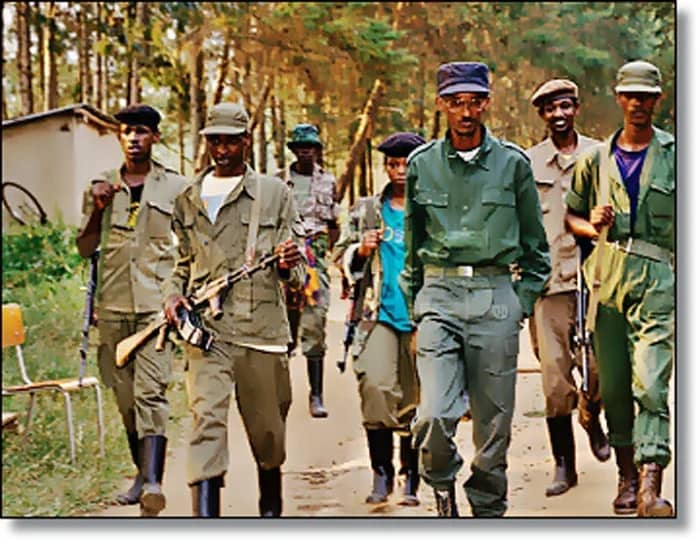
The Inkotanyi were briefly shaken, until Major Paul Kagame left his studies in the U.S. to lead the liberation. Under his command, the RPA adapted its strategy and persisted with renewed strength.
Fighting against odds
While Habyarimana’s FAR (Forces Armées Rwandaises) had international backing and heavy weaponry, the RPA used guerrilla tactics and innovation. Their breakthrough came on January 23, 1991, when they liberated Ruhengeri Prison, freeing political prisoners and former soldiers, many of whom joined their cause.
«Mulindi w’Intwali», the headquarters of the revolution
In June 1992, the RPF moved its headquarters to Mulindi w’Intwali, a former tea factory in Byumba (now Gicumbi District). This became the strategic center of military planning, political training, and leadership development.
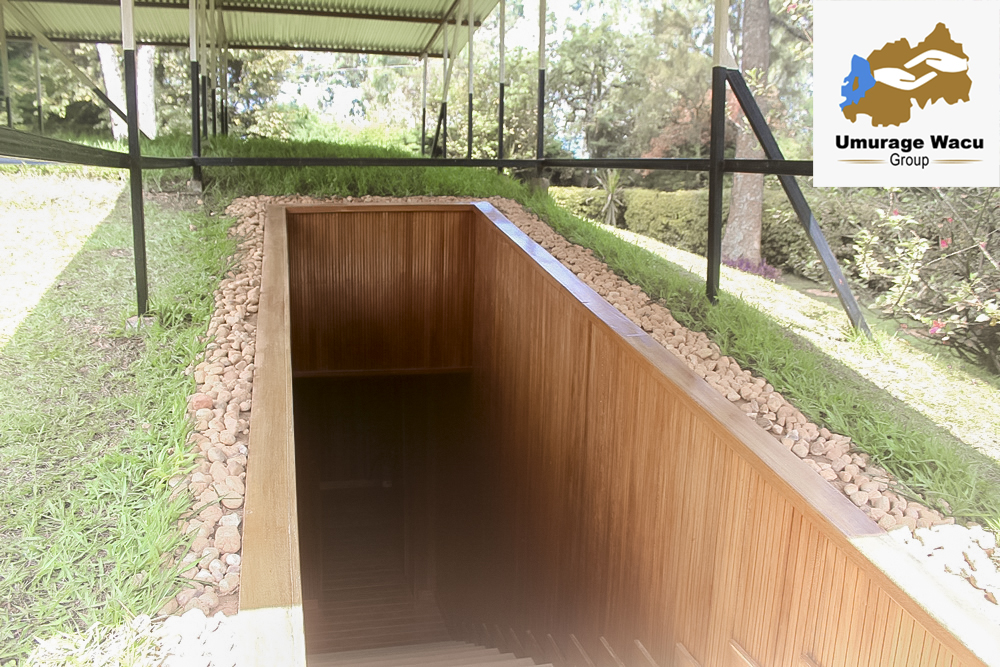
Today, Mulindi Liberation Museum stands as a symbol of Rwanda’s resilience. President Kagame’s wartime office has been preserved, and additional historical materials and military artifacts are being added. APR FC, one of Rwanda’s top football clubs, was also founded here during the war.
Legacy and the path forward
Thirty-seven years after its founding, RPF-Inkotanyi remains at the heart of Rwanda’s governance and transformation. In just four years, it led the liberation war and stopped the Genocide Against the Tutsis in 1994.
Since then, it has championed a new struggle, rebuilding Rwanda through peace, economic development, and good governance.
President Paul Kagame, also the Chairman of RPF-Inkotanyi, regularly reminds Rwandans that:
“Preserving our nation’s achievements requires sacrifice, integrity, and people-centered leadership.”
Inkotanyi; more than a name
The word “Inkotanyi” no longer signifies just a military unit, it represents a national identity rooted in determination, resilience, and justice for all Rwandans.
Today, Rwanda continues to rise, hosting international conferences, building a secure and prosperous society, and serving as a model for post-conflict recovery.
